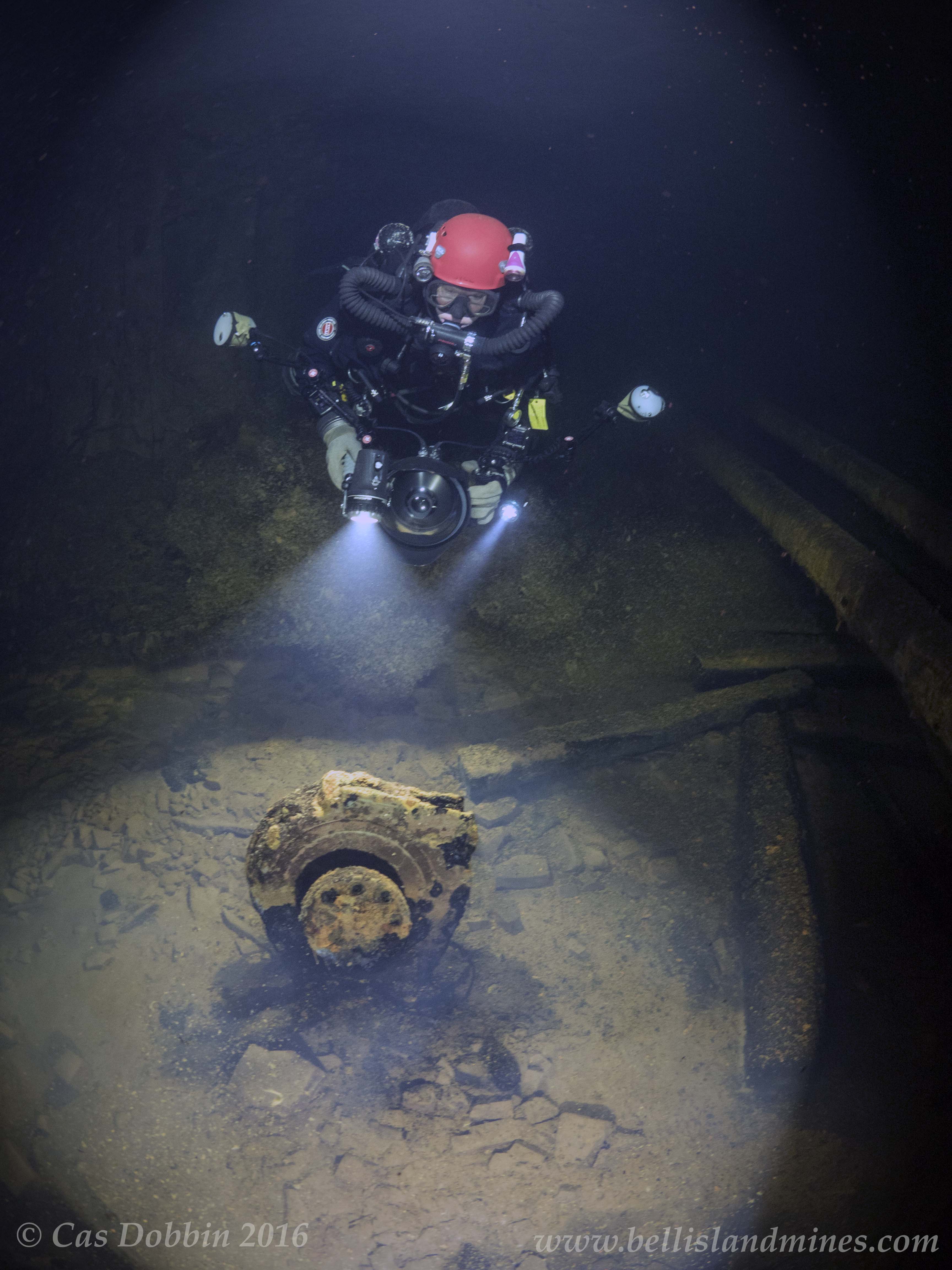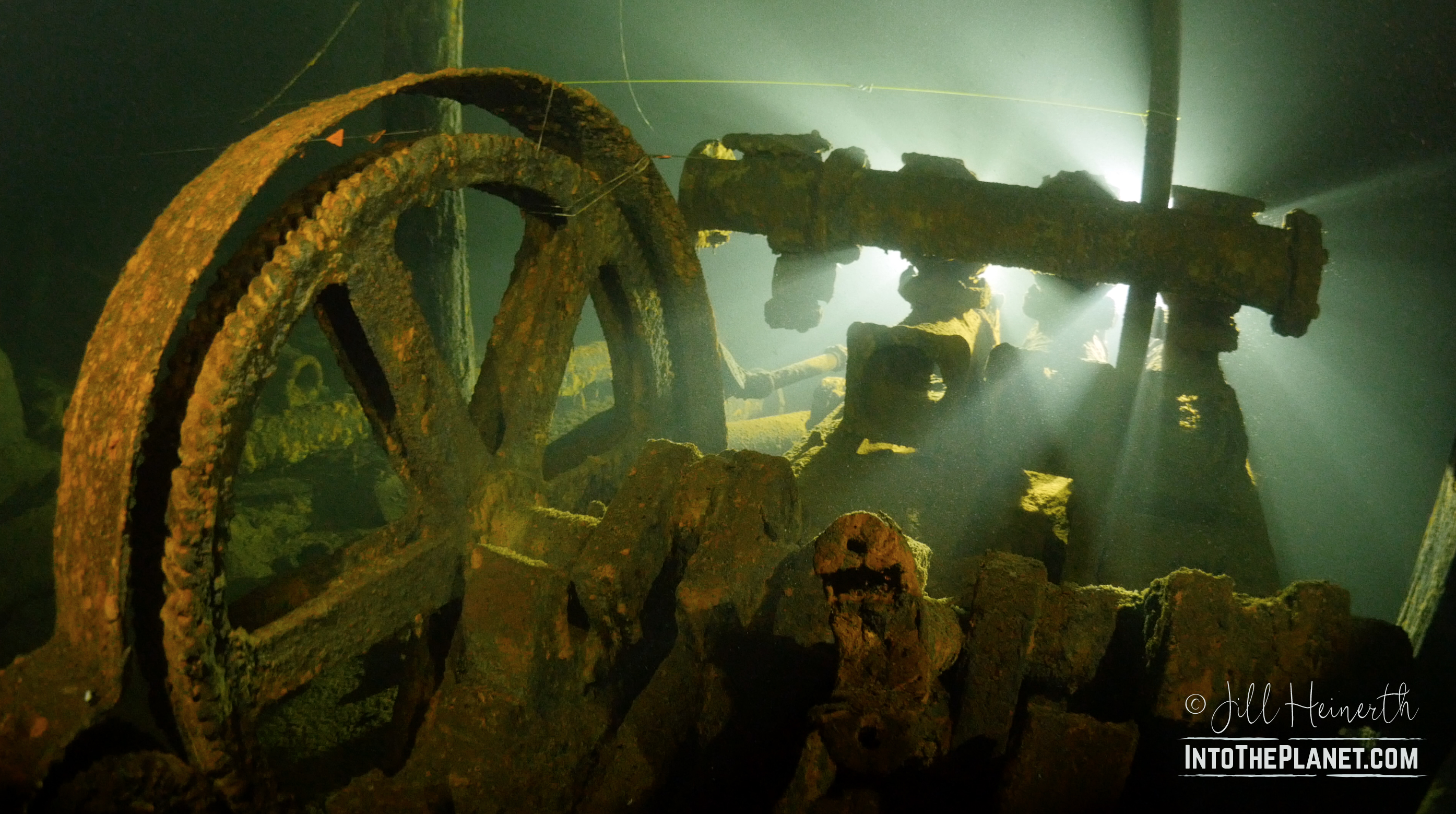In 2004, the Department of Natural Resources, Mines Branch for Newfoundland and Labrador produced a report that described some of the history and geography of the Bell Island Mine.
The presence of iron ore on Bell Island was first recorded in the late 16th century, but it was not until the 1890’s that the Bell Island deposits attracted the attention of entrepreneurs and mining interests. By 1892, the deposits had come under the control of the Butler family of Topsail, who brought in agents of the New Glasgow Iron, Coal and Rail Company of Nova Scotia. Scotia opened the first mine on Bell Island in the summer of 1895 with local miners quarrying and hand-cobbing the ore from the lowermost of the three iron-rich beds. In 1899, the Whitney Company (latterly called the Dominion Iron and Steel Corporation or Dosco) acquired the rights to the lower and upper beds on land, and 776 hectares of submarine claims to a distance of 1.6 kilometres from the shoreline. The Scotia Company retained all rights seaward of the Dosco ground.
In 1902, the surface exposures of the Lower and Middle Beds were mined out and underground production began. Access to the submarine iron ore deposits was gained via 4 portal down-dip slopes equipped with conveyor haulage to the surface. The mine workings would eventually extend 15 square km under Conception Bay with recoveries from room and pillar panels ranging from 50 to 63 per cent, depending on physical conditions.
Mining of the Wabana submarine iron deposits spanned a period of 73 years, until closure on June 30, 1966. During its lifetime, Wabana shipped over 80 million tonnes of raw and upgraded iron ore to Canada, Germany, the United States, Belgium and Holland. Until the 1950’s, Wabana was the sole source of iron for the Sydney steel mills.
At the time of closure, Wabana was facing the late-life crisis of all evolving mines; increasing pressure to improve productivity, and demands for a higher quality product in a changing world market place. As iron ore smelters world-wide converted to the new smelting technology, the demand for direct shipping ore began to shrink, and the high silica and phosphorous contents of the Wabana ore made it an unattractive product. Research to improve the ore grade and remove contaminants had been under way for some time but the changes were never implemented.
The Wabana and Bell Island Groups of the Avalon Peninsula of Newfoundland consist of fossiliferous Lower Ordovician shales and sandstones, with many intercalated oolitic hematite beds, dipping 8 to 11 degrees north-northwest (Hayes, 1928; Anson, 1951; Coughlan, 1965; Buchan and Hodych, 1982; and Ranger, Pickergill and Fillion, 1984).


